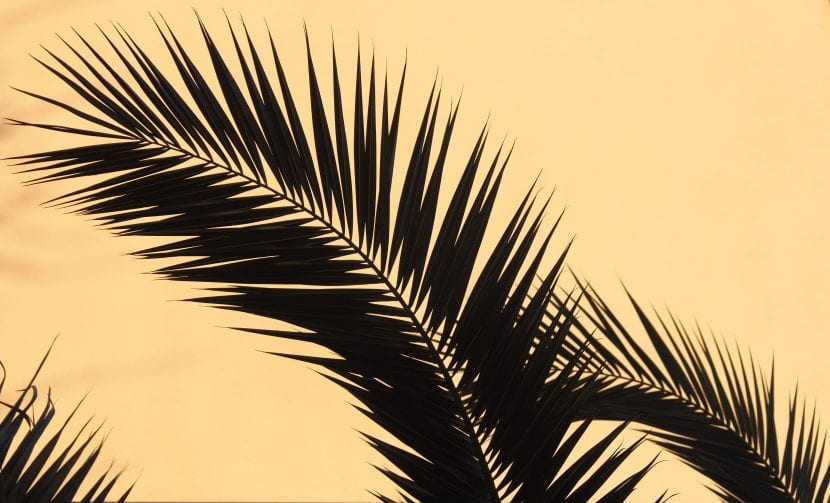
All the Phoenix They are a genus of palm trees that grow in many parts of the world. The vast majority of species are very tall and solitary, but there are others that are shorter, ideal to have in small gardens or in pots.
Its cultivation and maintenance is very simple, so much so that it is very possible that it will surprise you. You do not believe me? Take a look at this, your special on the Phoenix palms. 😉
Origin and characteristics of the Phoenix
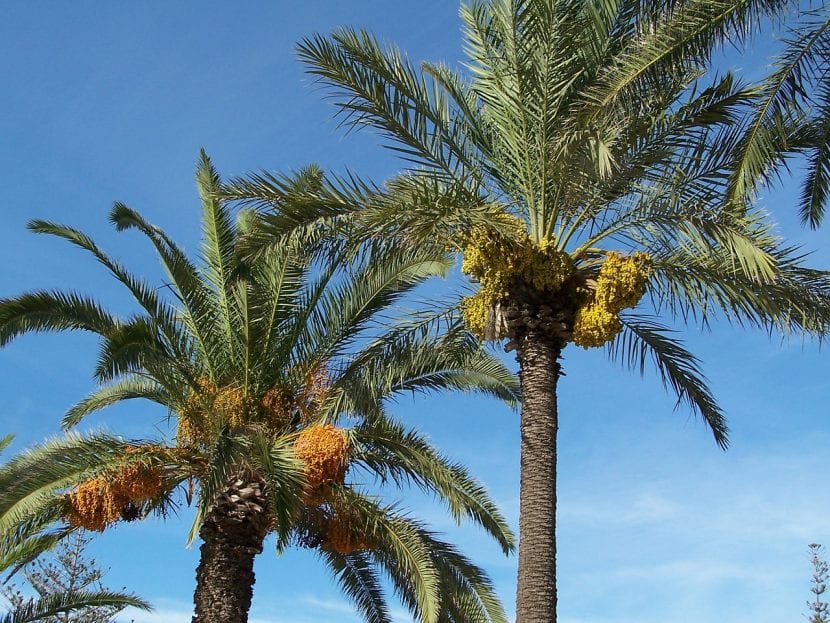
Our protagonists are palms originating in the Canary Islands, North Africa and South and East Asia. They are plants that can reach a height of 2 to 35 meters, with a solitary or multicaule trunk (formed by several stems). Its crown is composed of spirally arranged leaves, and they are pinnate, petiolate, and whose basal leaflets are transformed into spines. The flowers are grouped in pendulous inflorescences, and there are female and male. The seeds are ellipsoidal, sub-cylindrical or flat-convex, rough and with a lateral groove.
Their life expectancy can be very long, up to 300 years.
Main species
P. canariensis
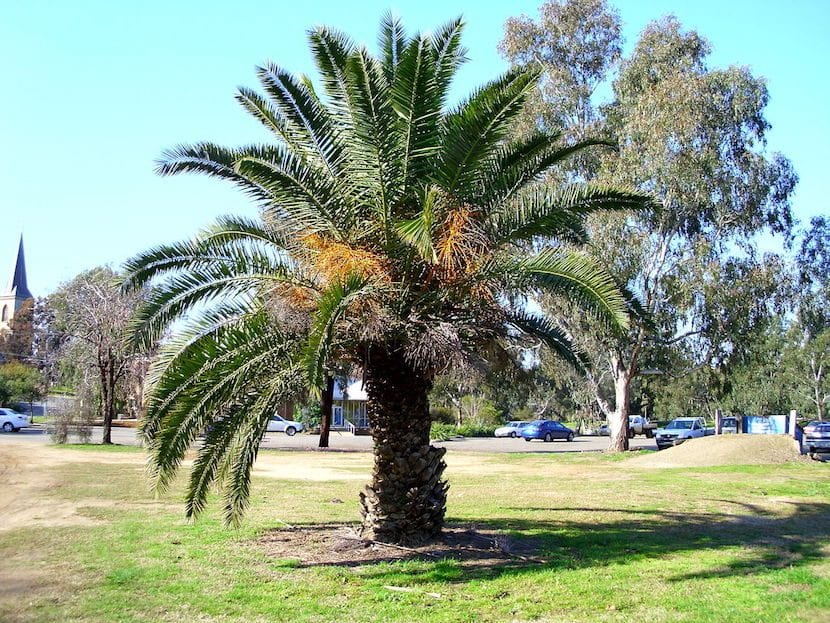
Known as canary palm tree, Canarian palm, phoenix, Canary Island palm or támara, is a solitary-trunk palm native to the Canary Islands. It can reach 20 meters in height, with a trunk thickness of up to 1m in diameter. Its leaves are pinnate and are up to 6 meters long. Resists up to -8ºC.
P. dactylifera
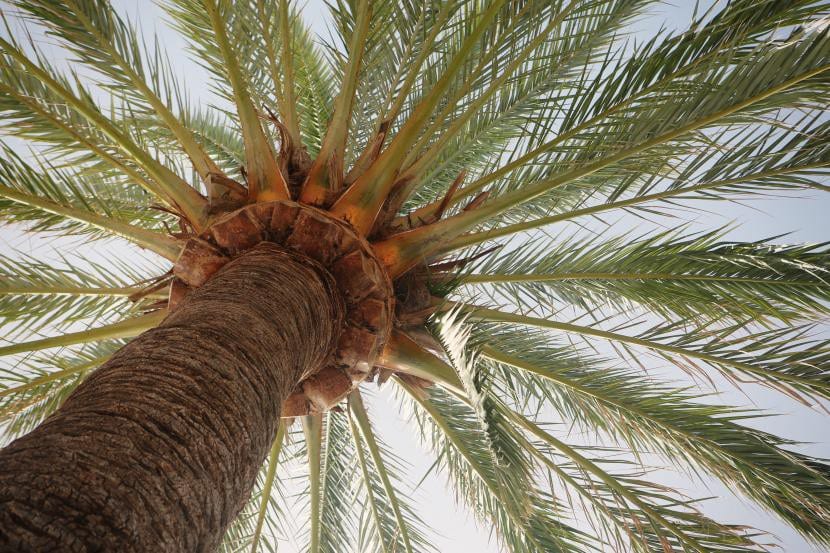
Known as date palm, phoenix, date palm, common palm, common palm, tamara, date palm, date palm or date palm, is a plant native to North Africa and West Asia that reaches a height of up to 30 meters with a trunk thickness of 50- 60cm in diameter. Its leaves are pinnate, bluish in color. Resists up to -10ºC.
P. roebelenii
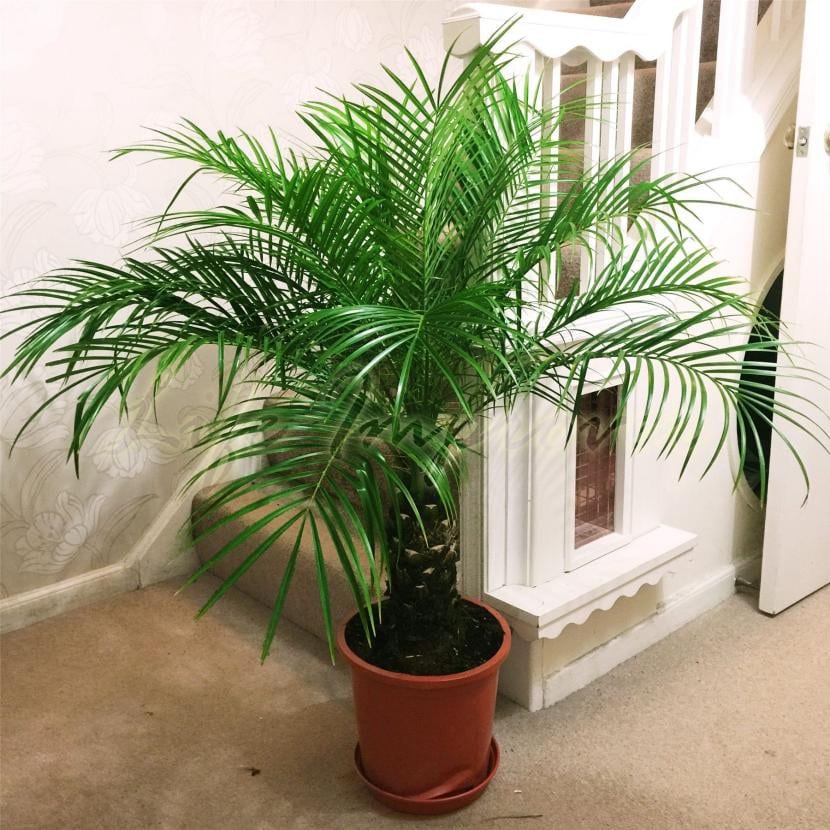
Known as dwarf palm, pygmy palm, robeleni palm, pygmy date, Roebelen palm, robelini phoenix, dwarf phoenix or dwarf date palm, it is a plant native to Laos. It reaches a height of up to 5 meters, with a trunk 1m high by 30-35cm wide. Its leaves are pinnate, bright green. Resists up to -3ºC.
P. rupicola
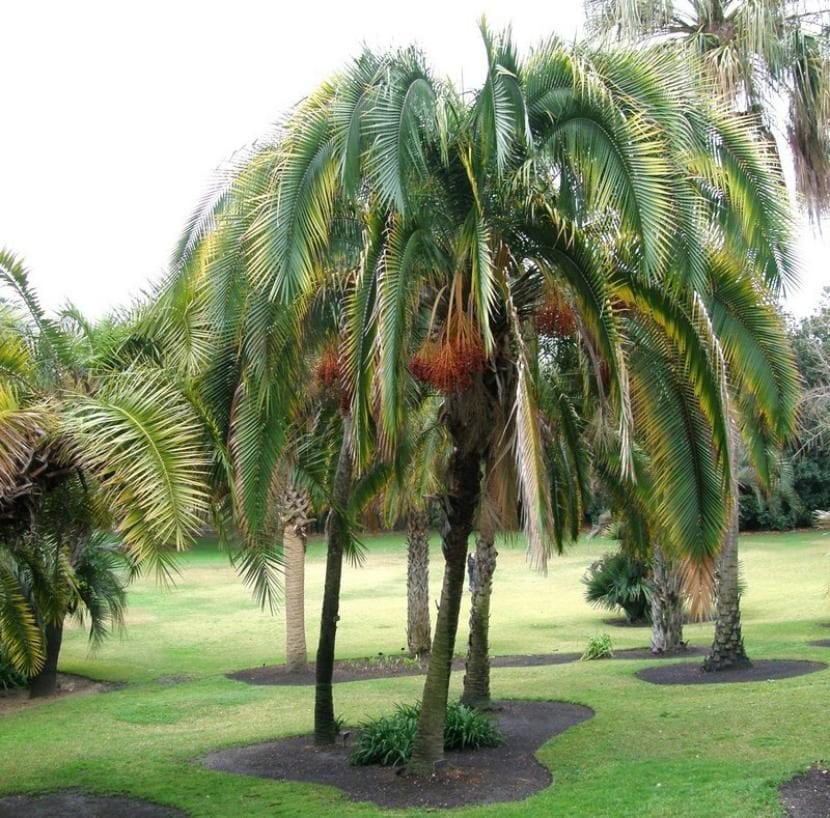
Image - Davesgarden.com
Known as the rock palm or rock date palm, it is a plant native to northern India. It has a solitary trunk up to 8 meters high by about 30cm in diameter. Its leaves are pinnate, and can reach 5m long. Resists up to -4ºC.
What are their cares?
If you want to have a copy, we recommend that you provide it with the following care:
Location
The Phoenix are palm trees that they have to be in full sun. However, there is one exception: the P. roebelenii it will grow best in semi-shadow, as the sun's rays are often too strong for it.
Earth
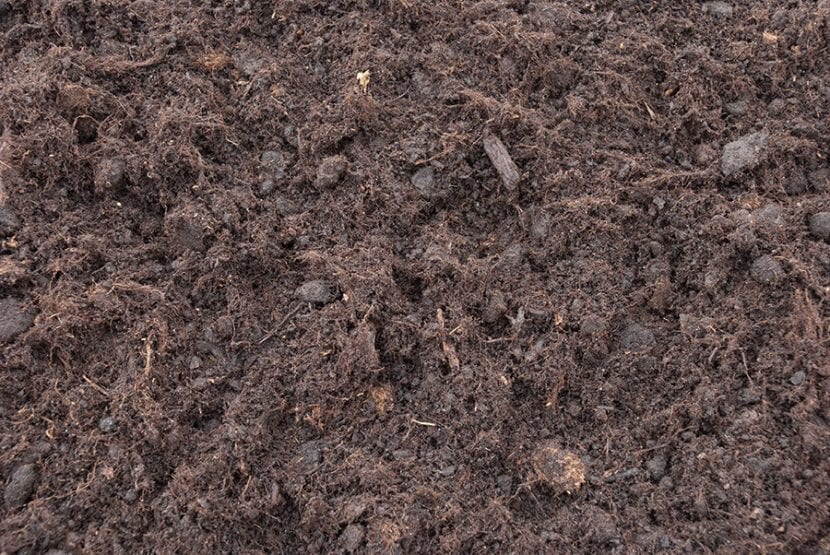
Image - Gramoflor.com
- Flower pot: Universal culture substrate mixed with 30% perlite can be used.
- Garden: the soil must have good drainage and be rich in organic matter.
Irrigation
It has to be frequent, especially in summer. Ideally, water every 2-3 days during the hottest season, and once a week the rest of the year.
Subscriber
From the beginning of spring to the end of summer it is very important to fertilize it with a liquid fertilizer for palm trees following the indications specified on the product packaging. We can also use organic fertilizers, such as manure, guano, stale vegetables (that can no longer be eaten), tea bags, compost.
Planting or transplanting time
In spring, when the risk of frost has passed. In case of having it in a pot, it will have to be transplanted every two years.
Multiplication
The Phoenix is a plant that multiplies by seeds in spring, following this step by step:
- The first thing to do is fill a transparent plastic bag with vermiculite seal.
- Afterwards, we introduce the seeds and try to make them covered by the substrate.
- Finally, we water and place near a heat source.
Another option is to sow them in pots with universal growing substrate, covering them with a thin layer of soil.
The first will germinate in 7-30 days.
Pests
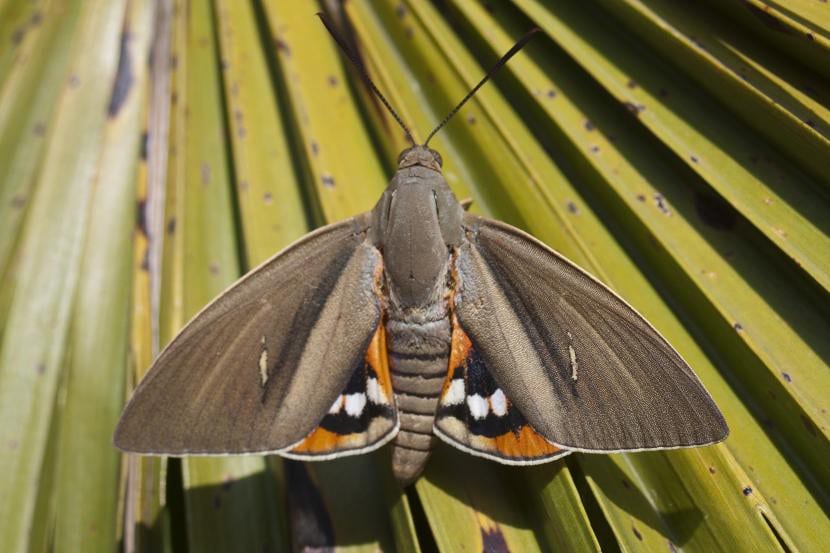
- Mealybugs: they adhere to the leaves, and also hide at the base of them. If they are few or the palm is young, we can remove them by hand or with a swab from the ears moistened in pharmacy alcohol.
- paysandisia archon: it is a moth whose larva destroys the leaves fairly quickly from the base. In them, we can see holes, but also fibers that come out of the trunk. It is fought with Chlorpyrifos 48%.
- Red weevil: it is a weevil (a type of beetle but thinner) whose larva burrows galleries in the palm of the palm. Symptoms are: yellowing of the leaves, deviation of the central (guide) leaf, damage to the apical bud. It is controlled and fought with Chlorpyrifos 48%, although natural remedies may also be interesting as a preventive measure. More information here.
Management
They can be affected by mushrooms. The symptoms are:
- Pink powder at the base of the leaves
- Gray mold on leaves
- Blackened trunk (very young palms)
- plant weakening
- The palm tree does not grow
- Rotten roots
To prevent them it is important not to overwater, and to do preventive treatments with copper or sulfur in spring and fall. In case we suspect that it already has them, then the ideal would be to treat it with spray fungicides.
Rusticity
Although it depends on the species, most of them withstand frosts down to -5ºC.
What are Phoenixes used for?
Ornamental use
These palm trees look great in any corner, either as solitary specimen the largest species, or in groups. Some of them, such as the Canarian palm tree, provide very good shade, so they are a very good option when you want to have a plant that allows you to protect yourself from the star king.
Culinary use
The newer leaves of the Canary Island palm and the dates of the date palm are edible.. The former make delicious salads, and the latter can be eaten raw or cooked. In addition, with the clusters of the flowers you can make honey.
Other uses
The leaves in some areas are used as brooms, or as parasols.

What do you think of the Phoenix? You have someone?